Investigations
CNN Reveals Massive Killings, Secret Graves In Tanzania and Coverup By the Govt
Through meticulous forensic analysis, CNN documented several shocking incidents that paint a picture of state-sanctioned violence.
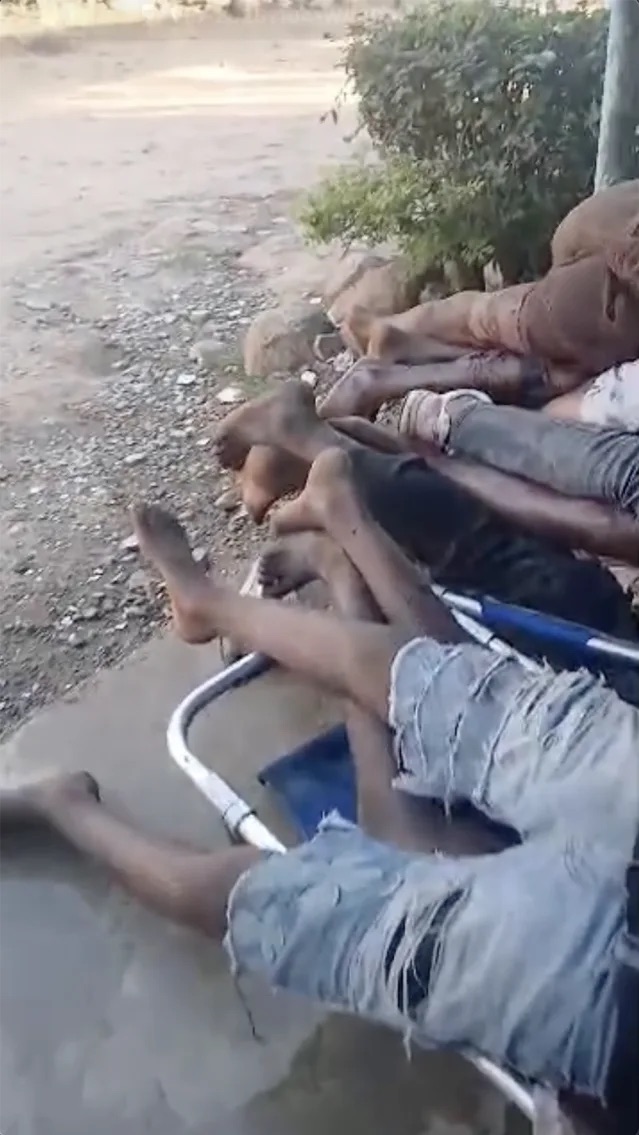
Dar es Salaam – A chilling CNN investigation has exposed the brutal aftermath of Tanzania’s disputed October presidential election, documenting police shooting unarmed protesters, overflowing morgues, and evidence of mass graves where authorities allegedly buried hundreds of bodies to conceal the true scale of the bloodshed.
The investigation, which analyzed geolocated videos, forensic audio evidence, and witness testimonies, reveals how security forces systematically gunned down young demonstrators who took to the streets after President Samia Suluhu Hassan claimed victory with an implausible 98 percent of the vote on October 29.
Her main rivals had been barred from the race, with opposition leader Tundu Lissu languishing in custody since April on treason charges that carry the death penalty.
The Evidence of Extrajudicial Killings
Through meticulous forensic analysis, CNN documented several shocking incidents that paint a picture of state-sanctioned violence.
In Arusha, on election day itself, police fatally shot a three-month pregnant woman in the back as she fled with other protesters. She had been holding only a stick and a rock.
Minutes later, at the same location, officers shot a young man in the head, killing him as he stood approximately 95 meters away from police lines.
Audio forensic analysis conducted by Professor Rob Maher of Montana State University established the precise distances between shooters and victims, confirming that protesters posed no immediate threat when they were killed.
Video evidence shows the pregnant woman, wearing a lavender top and hat, collapsing after being shot from behind, a visible entry wound in her blouse. She left behind a husband and two children.
“Oh my God, this is our Tanzania,” a witness repeated in one video, alongside Muslim prayers, as another victim lay dying in a pool of blood.
The man had been visible in earlier footage holding a rock, but appeared to have nothing in his hands when he was executed.
Morgues Overflowing With Bodies
The investigation verified videos showing morgues at Sekou-Toure Regional Referral Hospital in Mwanza and Mwananyamala Hospital in Dar es Salaam overflowing with scores of bodies.
Outside the Mwanza facility, at least ten bodies were piled on stretchers, according to geolocated photographs and videos analyzed by open-source investigator Benjamin Strick.
A doctor who treated gunshot victims over four days in Mwanza, speaking on condition of anonymity for fear of reprisal, told CNN that police brought bodies to the morgue “until it was full.”
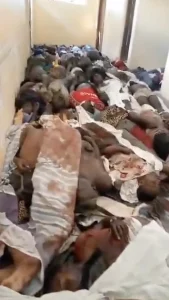
CNN verified videos of bodies covering the floor inside the Mwananyamala Hospital in Dar es Salaam. Obtained by CNN
After that, authorities “piled” the bodies outside the hospital. The doctor described victims, mostly young men, with gunshot wounds to the head, abdomen, chest, and lower limbs.
At Mwananyamala Hospital in Dar es Salaam, verified video footage shows dozens of bodies covering the floor, stacked on top of each other.
Tanzania’s Ministry of Health denied the authenticity of the footage, yet one woman who viewed the video recognized her brother’s body.
He had been shot dead on the balcony of his own home. “We’ve been looking for his body at every mortuary in Dar es Salaam since 1st November, but he was not there,” she said.
The Mass Graves
Perhaps most disturbing are satellite images and ground-level videos documenting freshly disturbed soil consistent with mass graves at Kondo cemetery, north of Dar es Salaam.
High-resolution satellite imagery from Planet Labs and Vantor, captured between November 9 and November 15, shows disturbed ground in a barren plot 60 meters from existing graves.
Analysis of Sentinel-2 satellite imagery indicates the digging occurred between November 2 and November 5.
A coalition of Tanzanian human rights groups and local sources confirmed to CNN that bodies of protesters killed after October 29 were buried in mass graves at this location.
Ground-level video obtained by CNN shows a series of spots with sandy, overturned soil weaving between patches of vegetation.
In one area, what appear to be roots stick out of the fresh soil; atop another are what seem to be articles of fabric.
The main opposition party, Chadema, has accused police of disposing of hundreds of bodies at undisclosed locations.
Viral Scout Management, a local sports consultancy, released a statement saying seven young soccer players under their contracts were shot and killed at their homes during the protests.
The firm later reported that the bodies of six could not be located.
Government Denial and Information Blackout
The Tanzanian government’s response has been marked by denial, deflection, and censorship.
Immediately following the election, authorities imposed a curfew and internet blackout as protesters gathered to contest the exclusion of Hassan’s rivals from the polls.
When connectivity was partially restored a week later, police barred the sharing of photos and videos “that cause panic.”
Government officials initially denied any killings had occurred. Foreign Minister Mahmoud Thabit Kombo told Al Jazeera: “Currently, no excessive force has been used. There’s no number until now of any protesters killed.”
It was only last week that President Hassan acknowledged there had been “some casualties,” but she declined to release any figures.
Hassan launched a commission to investigate the unrest on Thursday, but simultaneously suggested that protesters were paid foreign agents.
In her first comments after being sworn in for a second term at a closed military ceremony, she appeared to blame foreigners for the protests, claiming “it was not a surprise that those arrested were from other countries.”
The government and police have not responded to CNN’s requests for comment on the investigation’s findings.
Plainclothes Death Squads
Beyond uniformed police, CNN geolocated several videos showing what appear to be plainclothes officers operating death squads in Dar es Salaam.
Drone footage from the Segerea area along Tabata Road shows protesters fleeing and taking shelter in courtyards as white pickup trucks approach.
Armed individuals are then seen exiting the vehicles and opening fire repeatedly as they roam through civilian areas.
These armed men in civilian clothes, who locals suspect are police or security agents, were filmed operating alongside uniformed officers in the Ubungo area.
This pattern suggests a coordinated campaign of violence extending beyond official police actions.
International Condemnation
The scale of violence has drawn rare international rebukes.
The United Nations Human Rights Office, based on information from multiple sources, suggested hundreds of protesters and civilians were killed, with unknown numbers injured or detained.
UN Secretary-General António Guterres expressed being “deeply concerned” about the situation, while UN human rights chief Volker Turk urged the government to investigate the killings and provide information about missing persons.
The African Union’s election monitoring mission concluded that the vote “did not comply with AU principles, normative frameworks, and other international obligations and standards for democratic elections.”
The AU report pointed to ballot stuffing, the internet blackout, allegations of excessive military force, and politically motivated abductions as compromising election integrity.
The Southern African Development Community (SADC) issued its own rebuke, noting that “voters could not express their democratic will” and that the elections “fell short” of SADC principles due to violence, censorship, and “general intimidation” of the public and opposition figures.
Amnesty International has called the events “grave human rights violations that include unlawful killings, enforced disappearances, unlawful detentions.”
The organization demanded authorities “promptly, thoroughly, independently, impartially, transparently and effectively investigate all killings by security agents.”
A Democracy in Crisis
The crackdown has shattered Tanzania’s reputation as a stable East African democracy that attracts millions of tourists annually.
Chadema has reported that hundreds, possibly over 1,000 people were killed based on figures gathered from a network monitoring hospitals and health clinics.
While exact casualty figures remain impossible to verify due to the security situation and internet shutdown, the evidence of systematic violence is overwhelming.
Religious leaders have urged the government to reconcile with political opponents rather than prosecute them.
Bishop Benson Bagonza of Tanzania’s Evangelical Lutheran Church warned that the treason charges against dozens of protesters would likely worsen tensions.
“The only option for the government to keep at least the relative peace now is to grieve with the people instead of arresting and taking people to court,” he said.
Meanwhile, authorities have charged hundreds with treason over their participation in the protests, and issued arrest warrants for top opposition officials who had not yet been jailed, including Chadema’s communications director Brenda Rupia and secretary-general John Mnyika.
As the bodies continue to be counted and the mass graves documented, Tanzania stands accused of one of the most brutal crackdowns on protesters in recent African history.
The CNN investigation provides irrefutable evidence that contradicts the government’s denials and exposes a systematic campaign of violence, extrajudicial killings, and coverup that has traumatized a nation and raised alarm bells across the continent about the erosion of democratic norms.
The pregnant woman shot in the back, the young man executed with a shot to the head, the soccer players killed in their homes, the bodies piled in morgues, the mass graves in Kondo cemetery: these are not just statistics but a damning indictment of a government that chose bullets over ballots, violence over democracy, and coverup over accountability.
Kenya Insights allows guest blogging, if you want to be published on Kenya’s most authoritative and accurate blog, have an expose, news TIPS, story angles, human interest stories, drop us an email on [email protected] or via Telegram
-

 Business2 days ago
Business2 days agoKakuzi Investors Face Massive Loss as Land Commission Drops Bombshell Order to Surrender Quarter of Productive Estate
-
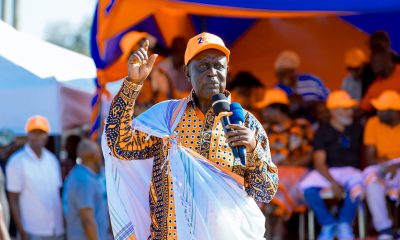
 Politics2 weeks ago
Politics2 weeks agoODM Shuts Door on Gachagua Alliance, Signals Long-Term Deal with Ruto Ahead of 2027
-

 Politics2 weeks ago
Politics2 weeks agoUhuru Kenyatta Draws Battle Lines in Mt. Kenya Politics Defends Gachagua and Warns Jubilee Rebels to Toe the Line
-
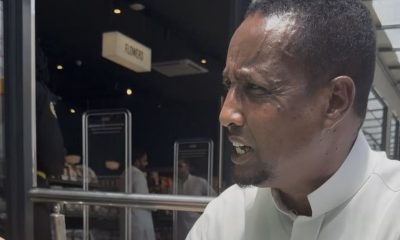
 News2 weeks ago
News2 weeks agoBusinessman Adan Haji Isaack on Spot for Allegedly Harassing City Professor Over Disputed Land
-

 Investigations2 weeks ago
Investigations2 weeks agoPeter Agoro Legal Battles Reveal How EACC Framed a Whistleblower to Protect Corrupt Elites
-

 News2 weeks ago
News2 weeks agoKenyan Activists Bob Njagi and Nicholas Oyoo Released After 38 Days in Ugandan Custody
-
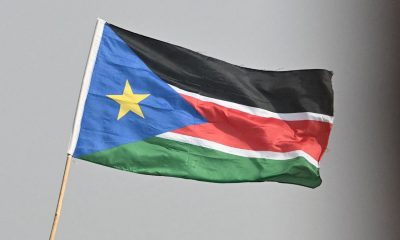
 Investigations2 weeks ago
Investigations2 weeks agoEXCLUSIVE: The $1.7 Billion Oil Heist That’s Starving South Sudan While Elites Feast on Blood Money
-

 Politics1 week ago
Politics1 week agoRuto Set to Dominate ODM@20 in Mombasa, Positioning Himself as Raila Odinga’s Political Heir Ahead of 2027




















